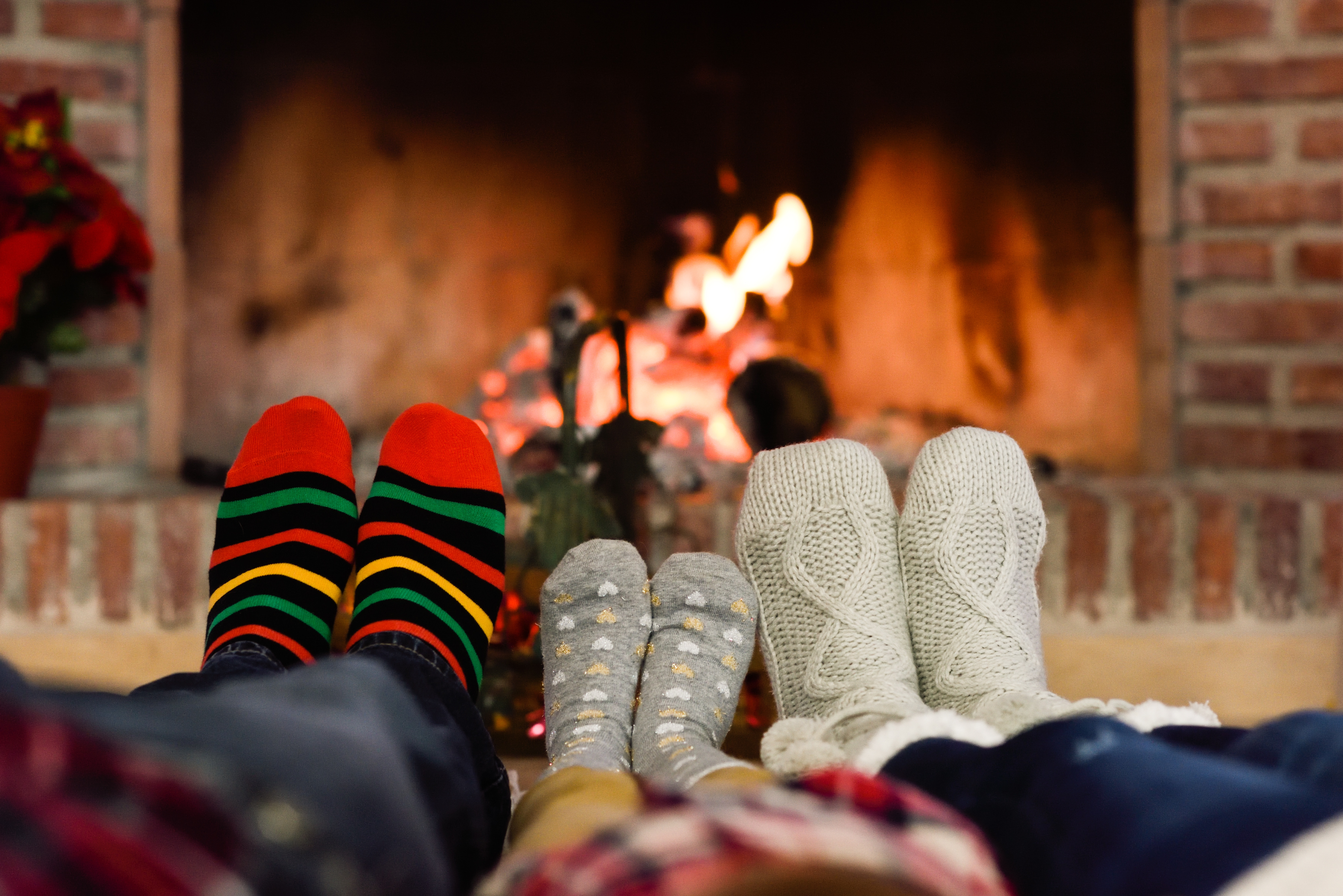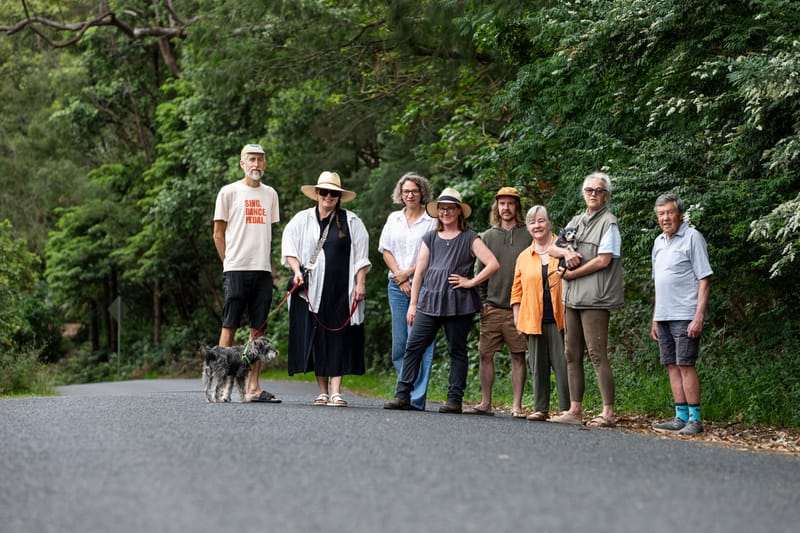Home is where the heart(h) is
Some winters ago, my family and I were feeling down. Towards 3pm, we’d all jump in the car and drive down to the beach to catch the last rays of sunshine before the sun fell behind the escarpment. We’d often see other families out on peninsulas...

Some winters ago, my family and I were feeling down. Towards 3pm, we’d all jump in the car and drive down to the beach to catch the last rays of sunshine before the sun fell behind the escarpment. We’d often see other families out on peninsulas too, absorbing as much of the sun’s energy as possible before heading back into the shadow of winter.
While we had a pretty efficient gas heater in our house, it just wasn’t a pleasant heat. We would visit friend’s homes that had wood heaters and were ice-cold with envy. So, as you probably guessed, we installed a fireplace, and never looked back.
The word hearth comes from the Proto-Germanic – hertha, “burning place”– and can be traced to a Proto-Indo-European root – ker, “heat, fire” (think of words like carbon and cremate). While all this sounds like gobbledy goop a Viking might say, it evolved in a number of languages to be tightly connected to home and the family unit. At one time it became a measure of tax per household – the more hearths you had, the more tax you paid!
I had thought for sure that hearth and heart were somehow linked in language but, alas, I found otherwise – at least etymologically speaking.
I’m not the first architect to do this either. Back in 1851, Gottfried Semper wrote a book titled The Four Elements of Architecture. The first of these was the hearth. He wrote: “Around the hearth the first groups formed: around the hearth the first groups assembled; around it the first alliances formed; around it the first religious concepts were put into the customs of a cult... Throughout all phases of society the hearth formed that sacred focus around which took order and shape. It is the first and most important element of architecture.”
Hearth in this sense is the heart of the family, the civilisation. I think most of us feel a primal connection when we sit around a fire and it’s often why we all end up in the kitchen at parties – a relic of the days when the hearth was in the kitchen!
So back to our little fireplace. It was a revolution for us. It didn’t come easily though. After one fateful Gumtree purchase, we discovered the benefits of spending extra on premium well-seasoned firewood. Firewood purchasers beware! Only buy from reputable firewood merchants listed with the Firewood Association of Australia (www.firewood.asn.au). By doing this you know you’re buying properly seasoned wood from sustainable (koala free) sources and reducing smoke pollution by burning efficiently – your neighbours and the koalas will love you for it! Burning unseasoned wood and not maintaining your fireplace and flue can contribute to air pollution.
The other benefit of not burning with gas was our health. Recent research conducted by the Climate Council has found that portable gas heaters and gas cooktops are attributable to about 12% of the childhood asthma burden in Australia (and is comparable to living with a smoker in the house!). When natural gas or LPG is burned, there are pollutants emitted including carbon monoxide, formaldehyde and nitrogen dioxide. If you read the operating instructions for most of these units, you’ll find you’re supposed to leave a window open while its operating. Kind of defeats the purpose!
A glance at the research out there suggests that heating a room with wood fuel is low in cost and has minimal CO2 emissions when compared with other space heaters. However, when the jump is made to central heating (i.e. entire house systems) we start to see other options out-perform wood and even gas. The push these days is to go electric. Reason being the advances that have been made in the renewables sector and especially solar. Ideally, we harness the free energy from the sun and warm our house during the day or store that energy in a battery to heat it at night. This opens up a number of options but two stand out in particular – efficient reverse-cycle air conditioning and in-slab gas-boosted hydronic heating. Their are pros and cons to each, but my personal preference is for in-slab heating. The radiant heat from a slab is, in my mind, a much nicer feeling.
We love our fireplace now, and it has become something of a winter ritual to collect sticks and prepare the fire before the sun sets behind the escarpment. On weekends we gather around the hearth to warm up from winter escapades. It truly becomes the heart of our home.
For more info on heating options, go to
www.yourhome.gov.au/energy/heating-and-cooling





